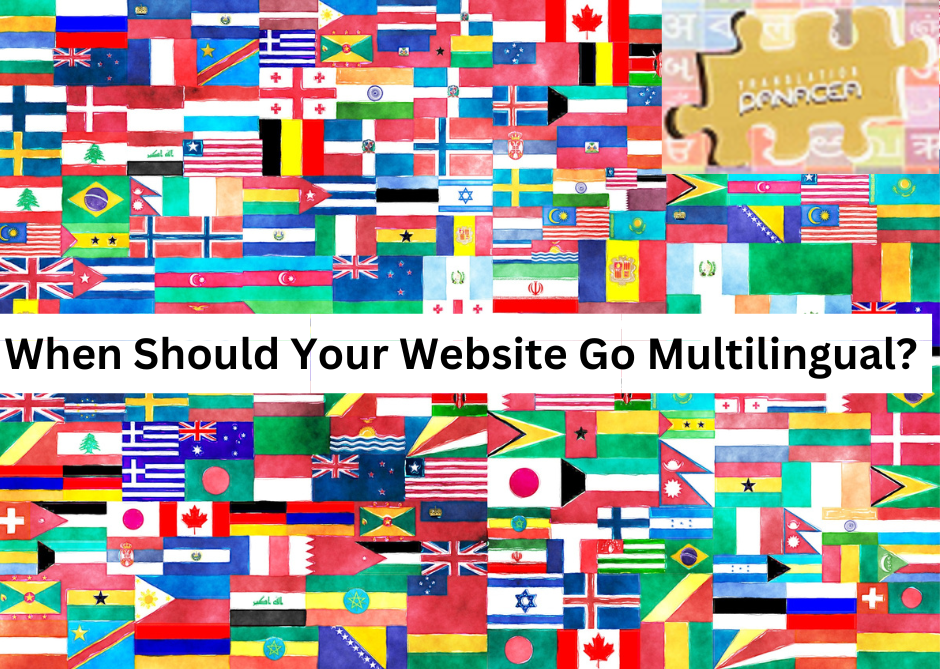Introduction:
Hey there! In today’s interconnected world, it’s crucial for businesses to connect with customers and resources from diverse language-speaking geographies. That’s where a multilingual website comes into play! In this article, we’ll explore three situations that scream “multilingual website needed!” Plus, we’ll chat about why it’s essential to extend your multilingual communication beyond just the website.
1. Serving Customers from Different Language-Speaking Geographies:
Picture this: You’re running a kickass e-commerce platform that ships products worldwide. Your customers are spread across Europe, Asia, and South America. Guess what? It’s time to break the language barriers! By offering localized versions of your website in English, Spanish, German, Chinese, and more, you can create a personalized experience for your customers. That way, they’ll feel like you’re speaking their language (literally!) and build stronger connections with your brand. Ka-ching!
2. Engaging Resources from Various Language-Speaking Geographies:
Hey, manufacturers! If your business operates manufacturing facilities in different countries or collaborates with vendors and suppliers across the globe, a multilingual website is a must-have. Let’s say you have manufacturing units in the United States, Mexico, and China. By providing a multilingual website, you can ensure smooth communication and collaboration with employees, vendors, and suppliers from diverse language backgrounds. It facilitates the efficient exchange of information, and seamless order placement, and fosters stronger partnerships throughout the manufacturing supply chain.
3. Planning to Expand into New Geographies:
Ready to conquer new territories? When you set your sights on a new market, it’s time to gear up with a multilingual website. Imagine you’re a software company eyeing the Japanese market. By launching a Japanese version of your website, you’re not just saying “Konnichiwa,” but showing genuine respect for the local culture and language. It’s like waving a big neon sign that says, “We understand you!” This approach opens doors to smoother market entry and greater brand recognition.
Comprehensive Multilingual Communication:
But hey, hold up! While a multilingual website is a fantastic start, don’t stop there. Real multilingual communication goes beyond the borders of your website. Let’s talk about it. Ensure all your verbal, audio, and visual communication materials are on point. That means having multilingual customer support, translating product documentation, localizing marketing materials, and even adapting videos and other media. When you provide a seamless multilingual experience across the board, you’re creating strong bonds and boosting customer satisfaction.
Conclusion:
So, are you ready to rock the global stage? Having a multilingual website is the first step to break down language barriers and connect with customers and resources from diverse geographies. But remember, it doesn’t stop there! Go the extra mile by incorporating multilingual communication throughout your business. By doing so, you’ll open doors to new opportunities, strengthen relationships, and showcase your dedication to global inclusivity. Get ready to wow the world with your linguistic prowess!











